So, I speak of Ales. What is an ale? The definition has changed over the years. Back in my native England in medieval days an ale was an unhopped beer, flavored with who-knows-what? Bog myrtle, perhaps. A product with hops used in its production was called beer. Nowadays beer is, of course, the umbrella term, within which are ales and lagers, no matter how many or how few hops are used. An ale, by definition, is a product fermented using the top-fermenting ale yeast, Saccharomyces cerevisiae.
American Pale Ale
Of course, there are many ales. The pioneer of American Pale Ales was, as we know, from Sierra Nevada. The style is rather more alcoholic, bitter and hoppy than English Pale Ales.
Amber Ales
Then there are the Amber Ales, which mean different things to different people, but that to my mind are more malty, less hoppy and perhaps slightly darker than Pale Ales.
Altbier
In Germany, from Dusseldorf, they have Altbier. The word Alt means old, so this refers to beers brewed in the traditional way of ales, with somewhat higher fermentation temperatures, in comparison to the products that Germany went on to become more associated with, namely the lager beers. However, Altbier may have a more prolonged conditioning (maturation) than ales would typically receive.
Autumn Beers
Which is not to say that there is no history of storing beer in the United Kingdom, the country best associated with ales. Thus, there were once Autumn Beers, brewed in the Fall in country house breweries and stored for consumption the following spring.
Perhaps those beers, like many others over the years, were served from casks. Once broached, those vessels would have allowed oxygen to get into the brew and thus allow the growth of bacteria that need oxygen. These will have included the Acetic Acid Bacteria, which of course will cause the development of a vinegar-like character in a beverage.
Abbey Beers
Let us turn to Abbey Beers, products brewed in the tradition of those made by the Trappist monks, but which cannot have the Trappist moniker because monks of that denomination were not at the helm. Hereabouts we have the Ovila beers, Sierra Nevada’s earlier partnership with their northern neighbor the Abbey of New Clairvaux.
A characteristic of Abbey Ales is that they tend to possess a worthy “kick” in the alcohol stakes. In other words, they have a high Alcohol by Volume (ABV), which is the number of milliliters of alcohol in 100 milliliters of the packaged beer.
Trappist Ales
To reach higher levels of alcohol in beers like the Trappist Ales, there is the long-standing use of candi sugar. This is a material derived from sugar beet and added at the boiling stage, so that more fermentable material is available for the yeast to later convert into alcohol. This is an example of an adjunct. An adjunct is a source of useful extractable material for brewing that is not malt.
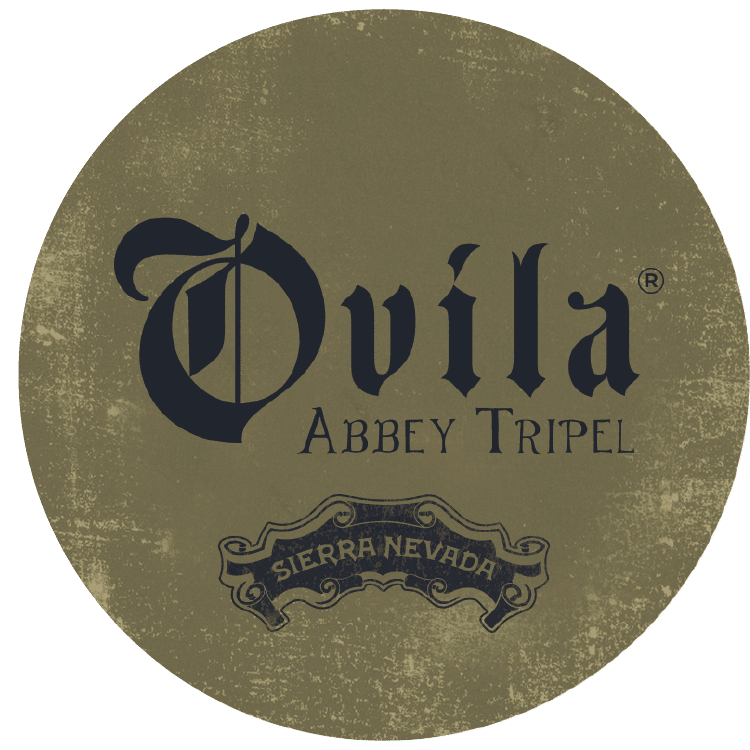
Amber Malts
Of course, there are plenty of specialty malts, like Amber Malt (a malt-type finished in a roasting drum but at nowhere near as high a temperature as a chocolate malt, a black malt or a roast barley). And there are Acidulated Malts, in the production of which lactic acid bacteria can develop. Such products can be used to increase the “tartness” of beer where alternative ways of acidifying a brew are forbidden.
Although the A’s are packed with lots of ales and other A-list tidbits of history, explore A Brewer’s Alphabet for more tasty beer insights.
– Charlie Bamforth
